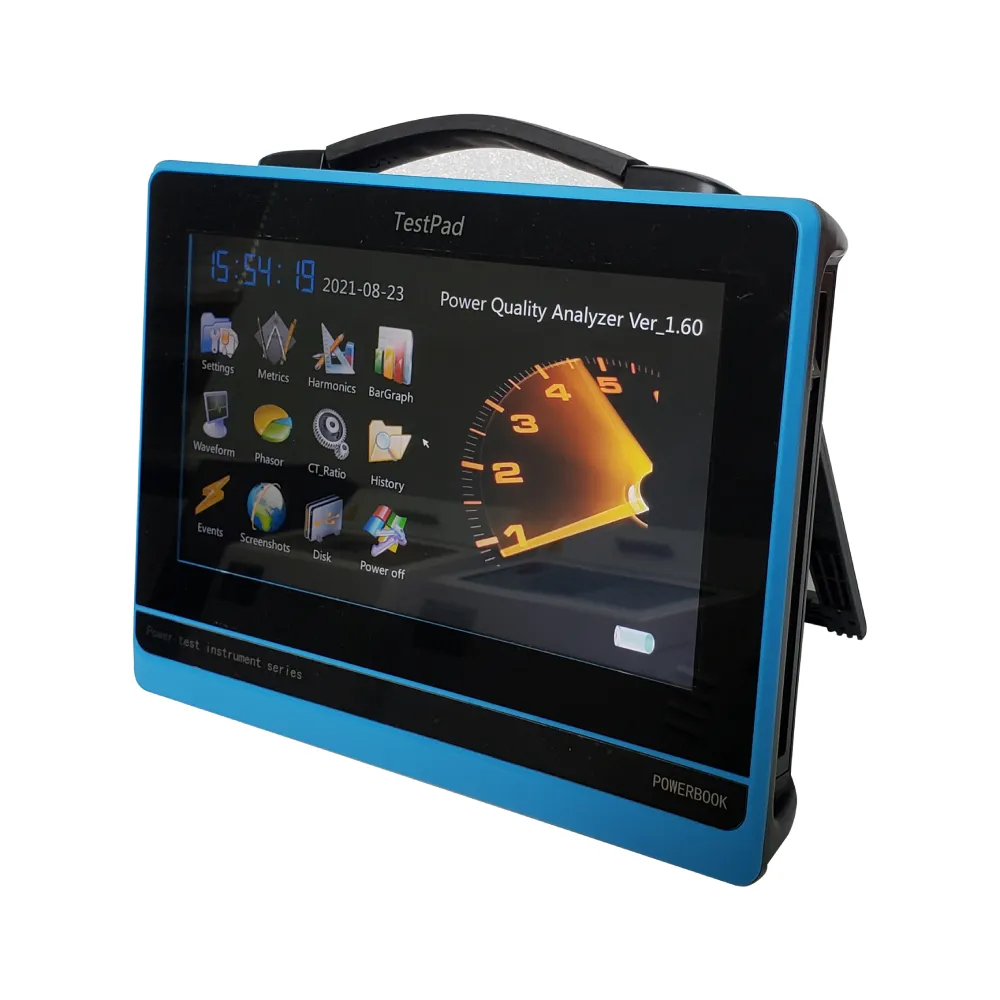 English
English


Exploring the Principles and Applications of Dynamo Current Generators in Modern Engineering Solutions
Understanding Dynamo Current Generators Principles and Applications
Dynamo current generators, often simply known as dynamos, are devices that convert mechanical energy into electrical energy through the process of electromagnetic induction. This technology has been utilized for over a century and remains relevant in various applications today. Understanding how dynamos work can provide insight into their significant contributions to energy generation and their enduring importance in contemporary technology.
How Dynamos Work
At the heart of a dynamo is the principle of electromagnetic induction, which was first articulated by Michael Faraday in the 19th century. Faraday discovered that moving a conductor through a magnetic field induces an electric current within the conductor. A dynamo typically consists of a rotor (an armature) that spins within a magnetic field created by either permanent magnets or electromagnets. This motion generates electricity.
Dynamos primarily operate using a simple mechanism as the rotor spins, the magnetic field induces an electromotive force (EMF) within the coils of wire wrapped around the rotor. The electrical current generated is direct current (DC), which is one of the characteristics that differentiate dynamos from alternators, the latter producing alternating current (AC).
Key Components of a Dynamo
1. Armature The coil of wire that rotates in the magnetic field. It is responsible for producing the current. 2. Magnetic Field Either permanent magnets or electromagnets that create the necessary magnetic field for induction. 3. Commutator A mechanical switch that reverses the connection of the armature to the external circuit, ensuring the output remains DC. 4. Brushes Conductive materials that make contact with the commutator to transfer the current to the output circuit.
These components work in unison to create a consistent flow of electrical energy, making dynamos reliable power sources for various applications
.dynamo current generator

Applications of Dynamo Current Generators
Dynamos have been historically significant in powering everything from railway systems to early automobiles. While modern technologies have largely shifted to AC generation due to its efficiency in long-distance transmission, dynamos continue to play a crucial role in specific applications.
1. Bicycles Many bicycles use hub dynamos to power lights, enabling safer riding in low-light conditions. 2. Small-Scale Energy Generation Dynamos are often employed in renewable energy systems, such as small wind turbines or micro-hydropower systems, to convert mechanical energy into usable electrical energy. 3. Start Systems In some engines, dynamos are used to charge batteries and provide electrical power for starting systems, ensuring reliable engine operation. 4. Educational Purposes In classrooms and laboratories, dynamos serve as excellent educational tools for demonstrating the principles of electromagnetism and energy conversion.
Advantages of Dynamo Current Generators
One of the key advantages of dynamos is their ability to provide stable and reliable DC output, making them ideal for applications where battery charging or direct current is required. Additionally, they tend to be simpler in design than many modern generators, which can make them easier to maintain and repair.
Conclusion
In conclusion, dynamo current generators are fascinating devices that exemplify the principles of electromagnetic induction. While technology has advanced significantly, and the prevalence of AC power systems has grown, dynamos still offer unique advantages for specific applications. Their ability to reliably convert mechanical energy into electrical energy has made them a staple in both historical technology and contemporary practices. As renewable energy sources continue to gain traction, dynamos may find renewed importance in the creation of efficient, small-scale power systems.
-
Differences between open cup flash point tester and closed cup flash point testerNewsOct.31,2024
-
The Reliable Load Tap ChangerNewsOct.23,2024
-
The Essential Guide to Hipot TestersNewsOct.23,2024
-
The Digital Insulation TesterNewsOct.23,2024
-
The Best Earth Loop Impedance Tester for SaleNewsOct.23,2024
-
Tan Delta Tester--The Essential Tool for Electrical Insulation TestingNewsOct.23,2024





